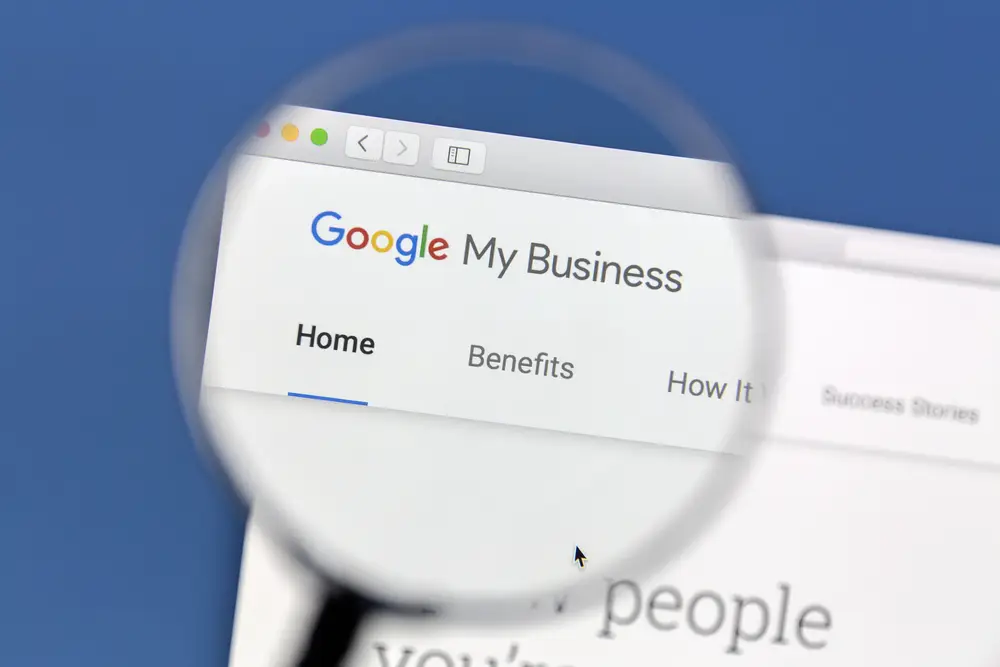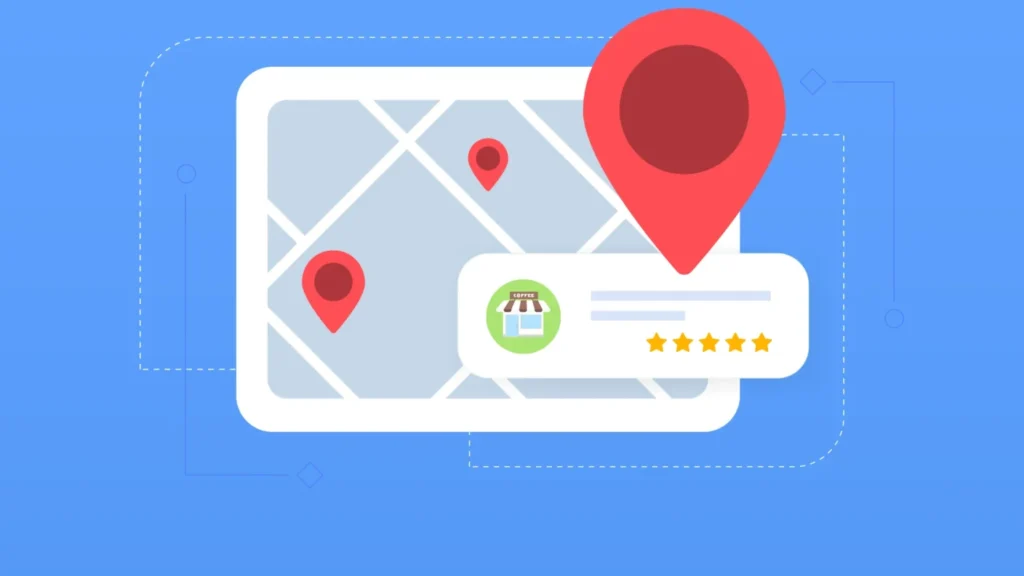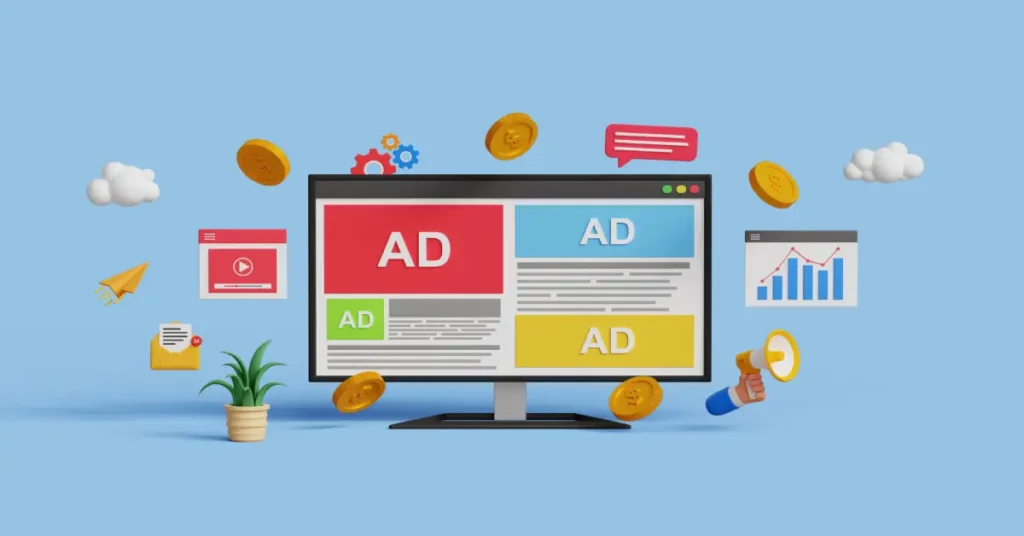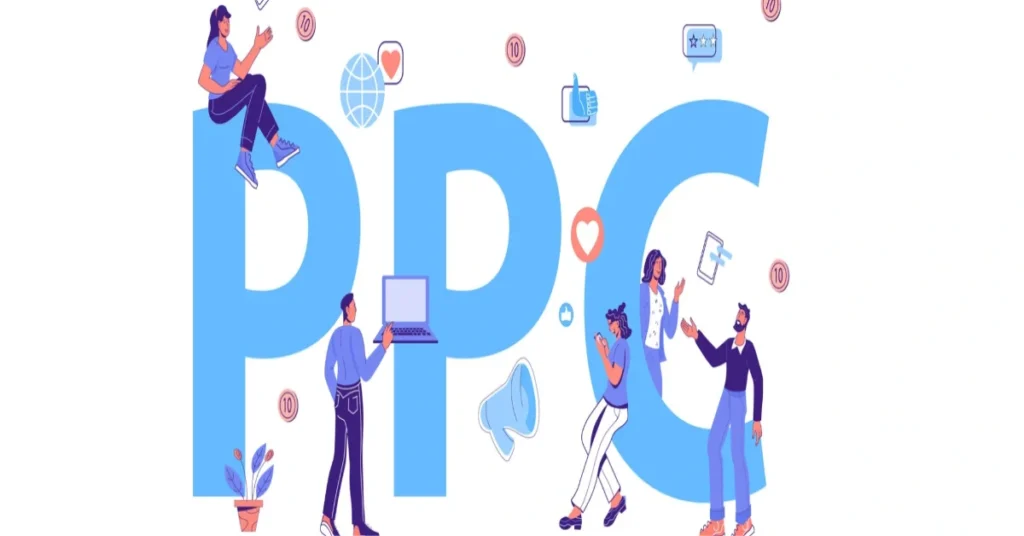- Why Reviews are the #1 LSA Ranking Factor
- LSA and Google Business Profile (GBP) Integration
- Tactical Review Generation and Optimization
- Advanced Strategy: The Financial Payoff of High Reviews
- Dealing with Fraud, Disputes, and Non-Compliance
- Conclusion: Take Control of Your Trust Signal
- Frequently Asked Questions (FAQ)
Google LSA Reviews are the secret handshake that gets your local service business noticed. Forget complex keyword strategies. For your Google Local Services Ads (LSA) to truly shine, customer feedback is everything. I want to show you exactly how reviews control your ad’s visibility, its cost, and your overall profit.
Why Reviews are the #1 LSA Ranking Factor

Your ad’s position at the top of Google Search results is not random. The LSA platform operates on trust. That trust is largely built on your star rating and review count. Your business might be the closest or offer the best price, but if a competitor has a higher star rating, they often win the top spot.
Based on the Google Help page, on how reviews and ratings work for Local Services Ads. Reviews and star ratings are critical for ranking in Google’s Local Services Ads, as businesses with higher ratings typically secure more jobs. Google recommends that businesses directly ask customers for reviews and provide a unique URL to simplify the process.
Customer reviews are managed through Google Business Profile Manager, not the Local Services Ads account, but they are also displayed on the LSA dashboard and other Google platforms like Maps and Search. These reviews are subject to Google Maps’ content policies, and businesses may need up to five reviews to go live, depending on the category and country.
It is important to note that these policies currently do not apply to partner affiliate networks in the Local Services Ads Partners Program in North America.
The Core Mechanics: How Reviews Dictate Placement
Google designed LSA to protect consumers. They use the Google Guaranteed badge to signal reliability. Your reviews are the proof that you deserve that badge. They act as a constant quality check.
- Trust and Clicks: Potential customers see the rating immediately. A 4.9-star rating is a powerful invitation to call. Lower ratings mean fewer calls, regardless of your ad position.
- The Algorithm’s Preference: Google’s system prioritizes displaying highly rated, reliable businesses. They know a good user experience on their platform means a user will return. Your rating is their guarantee.
Star Rating vs. Review Count—The Unofficial Weight
Google keeps the exact math hidden. However, years of industry observation show an interesting balance between quality and quantity. We can explore which factor is likely more powerful in a head-to-head scenario.
Let’s imagine two competitors, both in the same service area:
| Business | Star Rating | Review Count | Likely Ad Placement |
|---|---|---|---|
| Alpha Services | 4.9 Stars | 10 Reviews | Often ranks higher. |
| Beta Services | 4.6 Stars | 50 Reviews | Strong, but 4.9 is a trust signal. |
My observation: Rating preservation (quality) seems to be the priority. A 5.0 or 4.9-star rating is a significant, almost non-negotiable trust signal. If two businesses have great ratings (both 4.8+), review volume (quantity) becomes the tie-breaker. You must maintain a high-quality rating before obsessively chasing a high review count. A high count of mediocre ratings helps less than a modest count of excellent ratings.
LSA and Google Business Profile (GBP) Integration

The world of LSA reviews changed completely with a major policy shift. I want to explain this critical update clearly. As of July 11, 2025, customer reviews for Google’s Local Services Ads (LSAs) are now managed entirely through a business’s Google Business Profile (GBP). This change centralizes review collection, making the previous LSA-specific review link obsolete and requiring businesses to use their GBP link to gather all new customer reviews.
This integration makes having a verified and public Google Business Profile mandatory for running LSAs, with Google considering the GBP the “source of truth” for business information. All existing LSA reviews are being migrated to the GBP platform, a process expected to be completed by early 2025, which will consolidate a business’s entire review history in one place.
The Policy Shift: Your Reviews Live in GBP Now
LSA reviews no longer exist in a silo. They are now fully connected to and managed through your Google Business Profile (GBP).
This integration means a few things:
- Unified Visibility: Your total review count and star rating now pull from your combined GBP and LSA activity.
- Stricter Rules: Your LSA reviews must now follow the Google Maps User Contributed Content Policies. This means Google will enforce stricter rules against spam, fake reviews, and off-topic commentary across all platforms.
- One Management Hub: You must use your GBP dashboard to flag or respond to any LSA review issues.
The Difference Between a GBP Review and a “Google Verified Job” LSA Review
While they now share a management system, two types of LSA-related reviews exist:
- GBP Review: A customer finds your listing on Google Maps or Search and leaves a review. It’s a standard review.
- “Google Verified Job” LSA Review: This review is the gold standard. It comes from a lead that was booked directly through your LSA phone number or messaging service. Google can verify the job happened because it tracked the lead. This review often carries a “Google Verified” badge, and the LSA algorithm trusts it more.
Tactical Review Generation and Optimization
A great review strategy is simple: Make it easy for happy customers to leave feedback. You need systems to make this happen.
Four Proactive Ways to Get More Verified LSA Reviews
You must actively pursue “Verified Job” reviews, as these impact your LSA ranking the most.
- The Leads Dashboard Method: After completing a job that came from an LSA lead, go to your LSA Leads dashboard. Mark the lead as booked. The system will prompt you to request a review, which then goes directly to the customer’s email. This is the most direct way to get a “Google Verified Job” review.
- The Custom Link Method: In your LSA account, you can find a custom review link. Send this link directly to your customer via text or email from your own business system. This link ensures the review is associated with your LSA profile and often becomes a verified job review.
- The GBP Direct Link: Always keep your standard GBP review link handy. Use this link for customers who found you organically. A strong GBP rating supports your overall profile health and reinforces your LSA trust signal.
- Integrate with CRM: If you use a Customer Relationship Management (CRM) or job management software (like ServiceTitan), see if it offers an automated review request feature that can integrate with Google. This saves time and ensures no lead is forgotten.
Finding Your Category’s Review Benchmark
Google confirms that the rules and requirements for going live vary by business category and country. A locksmith might need fewer reviews to start than a large law firm. So, how do you know what “enough reviews” means for your specific service?
You cannot guess your goal; you must find your local benchmark.
- Search Your Service: Open Google Search and type in your exact service and a local city (e.g., “HVAC repair San Diego”).
- Analyze the Top Ads: Look at the top three to four LSA ads.
- Set Your Minimum Target: Note their average star rating and their total review count. Your immediate, non-negotiable goal is to exceed the average review count and maintain a star rating equal to or higher than the best competitor.
A national average doesn’t matter. Only your local competition determines the bar you must clear.
Advanced Strategy: The Financial Payoff of High Reviews

Many businesses think of reviews only in terms of ranking. They should think of them as an investment that pays dividends by reducing advertising costs.
Using Reviews to Optimize Cost-Per-Lead (CPL)
The relationship between your reviews and your CPL is the most interesting part of LSA. High ratings give you leverage over your competition.
Imagine two identical bids for an LSA lead:
- Business A (4.9 Stars, 80 Reviews): The algorithm sees this as a low-risk, high-quality business. It often gets preferential placement.
- Business B (4.2 Stars, 80 Reviews): The algorithm sees this as a moderate risk. To beat Business A, Business B might have to bid more aggressively or settle for a lower placement.
The financial insight: Better reviews buy you greater efficiency. A 4.9-star business may be able to set a lower maximum bid than a 4.5-star competitor and still capture the same number of high-quality leads. You are not just buying visibility; you are earning a long-term bidding discount.
I encourage you to test this. If your rating is excellent, try slowly reducing your Target CPL bid. You may find your lead volume remains strong, proving that your reputation is saving you money.
Dealing with Fraud, Disputes, and Non-Compliance
The LSA system is not perfect. Businesses often face two major challenges: being charged for bad leads and dealing with fake or malicious negative reviews.
Protecting Your Profile: Dealing with Fake Reviews and Bad Leads
The focus here is on the negative reviews, as they cause an immediate drop in your star rating and lead volume.
- The Problem: Competitors sometimes leave fake 1-star reviews. These instantly lower your rating and often stop your ads from showing.
- The Difficulty: Since reviews are now tied to GBP, the only recourse is through Google’s cumbersome review flagging process. Many business owners feel Google is slow or unhelpful.
The Actionable Plan for Review Dispute (Post-GBP Integration)
You cannot give up. You must follow a precise process to report and potentially remove a malicious review.
- Report to GBP/Maps First: This is the primary channel. Go to your Google Business Profile and flag the review. Do not select “I disagree with the content.” Google ignores that. Instead, select a policy violation, such as:
- “Spam and Fake Content”
- “Off-topic” (if the review mentions something unrelated to the service)
- “Conflict of Interest” (if you suspect a competitor)
- Gather Evidence for LSA Support: If the review is clearly fake (no customer record, a strange name, or it’s a known competitor), collect proof.
- Escalate to LSA Support: Only after the GBP flagging has failed for a week should you contact LSA support. Frame the issue as a direct threat to your LSA account health and Google’s reputation—not just a bad review. This is more likely to get their attention.
- Stay Persistent: The process requires patience. Do not let one fake review dictate your business’s success. Your best defense is always a massive volume of real, positive reviews to dilute the effect of the fakes.
Conclusion: Take Control of Your Trust Signal
Google LSA Reviews are the foundational element of a successful Local Services Ads campaign. You cannot buy your way to the top; you must earn it through service excellence that translates into stellar ratings.
Focus on the right things: set up a system to get verified reviews after every job, check your local competition to set a realistic star-rating goal, and use your high ratings as leverage to optimize your cost per lead. By treating your review process as a critical business operation, you take control of your top-of-search presence and secure your position as a trusted service provider in your community.
To secure those valuable spots at the top of Google Search, it’s essential to look beyond organic rankings. For a deeper dive into using paid strategies like Local Services Ads to specifically target customers right around the corner, check out my guide on Local Business Ads to Attract Local Shoppers Nearby.





